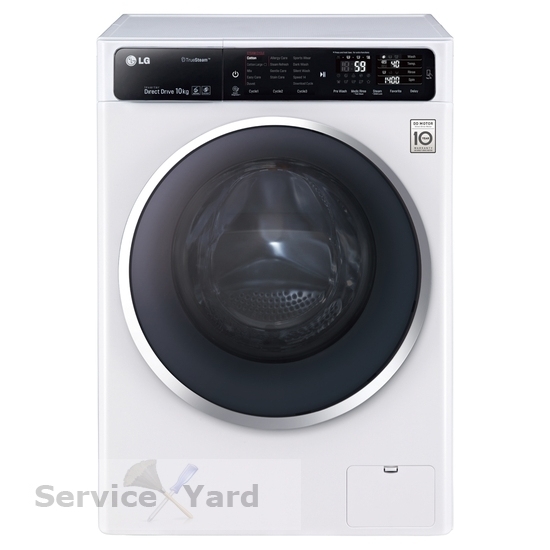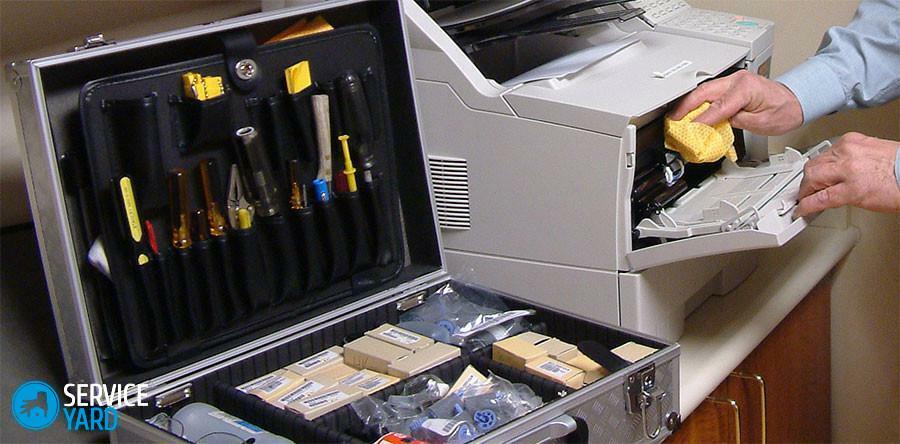Despite the fact that many experts predicted the failure of the implementation of devices with Windows 8, today they are gradually enjoying increasing popularity, and in the foreseeable future may well push in this market, it would seem, firmly entrenched OS Android. Today, we'll talk about the best tablet on Windows 8 2014 - Lenovo ThinkPad 8.
The very fact that Lenovo chooses Windows 8 is very symbolic: just a decade ago nobody took the company seriously as one of the world leaders - just liketoday look at the Windows 8 OS for tablet devices. Nevertheless, after Lenovo took the first world position in the PC sales segment( primarily due to the implementation of the concept of mass sales), management thought about introducing innovative products into its products, the successful confirmation of which was the appearance of well-proven Yoga tablets.
However, Yoga alone is clearly not enough to maintain the image of the world's best company, so the next logical step was the appearance of Lenovo ThinkPad 8, the most compact tablet that uses the full-sized Windows 8.1 Pro. Before describing the technical characteristics of the new tablet, it should be noted that tablets with Windows represent a special category - compare them with devices that use the Android OS, not entirely correct. This is easy: given that most users perceive the tablet as an entertainment device only, the Android OS has a pronounced gaming orientation. In turn, the best tablet on Windows 8, in fact, is a full-fledged mobile computer, which has a familiar set of personal computers, including Office 2013, and at the same time freely placed in a small shoulder bag.
Following are the main features of Lenovo ThinkPad 8:
- OS Windows 8.1 Pro;
- 2 GB of RAM;
- 4-core Atom processor Z3770( core frequency - 1.46 GHz);
- monitor 8.3, Full HD, resolution 1920 x 1200, 273 ppi, has a 10-point multi-touch;
- 64, or 128 GB of memory, supports microSD slots up to 64 GB;
- main camera - 8 megapixels, frontal - 2 megapixels, autofocus;
- Bluetooth 4.0, GSM / UMTS, Wi-Fi 802.11n;
- weight 431 g, the parameters of 131.8 x 224 x 8.9 mm.
The minimum height of the tablet could not help but affect the number of external outputs: one of the main disadvantages of the Lenovo ThinkPad 8 is a small number of ports. On the left side of the tablet are two slots for microSD and SIM-card( optional).There is also a port microHDMI, Bluetooth, as well as Wi-Fi. On the right there is a microUSB 3.0 port, with its help to the tablet you connect a variety of devices, from the flash drive to the keyboard( to connect the latter you need an adapter).At the bottom there is an output for headphones, near which the output for stereo speakers is traditionally located.
The Lenovo tablet is attributed to the new generation, and not only thanks to the use of Windows 8: the ThinkPad 8 screen is slightly smaller than the usual 8.3 inches, but there is Full HD resolution, which makes the density of the dots 273 ppi high. The screen at large angles of inclination is a bit darkish, which is most likely a consequence of the use of a special coating, but the shading does not cause discomfort.
Appearance of the tablet resembles the appearance of the popular line of Lenovo notebooks ThinkPad, and is also made in dark colors( light color options are not available), no frills. However, despite its strict appearance, it's not boring to call the best tablet on Windows 8 boring: Lenovo ThinkPad 8 is stylish and thin, stands out with a matte surface and fits comfortably in one hand. There are no complaints about the tablet and the quality of materials and assembly. The only drawback of the surface materials of the tablet can be called a high susceptibility to dirt, which, however, is also easily removed.
Lenovo ThinkPad 8 has all the chances for success: thanks to its excellent technical characteristics and well-designed design, it's very convenient to use the tablet. On Lenovo ThinkPad 8 it is recommended to pay attention to everyone who needs not so much a device for games, but a full-fledged assistant for more routine, but irreplaceable operations: work with used home computer applications, work in the browser, perform several tasks simultaneously.



